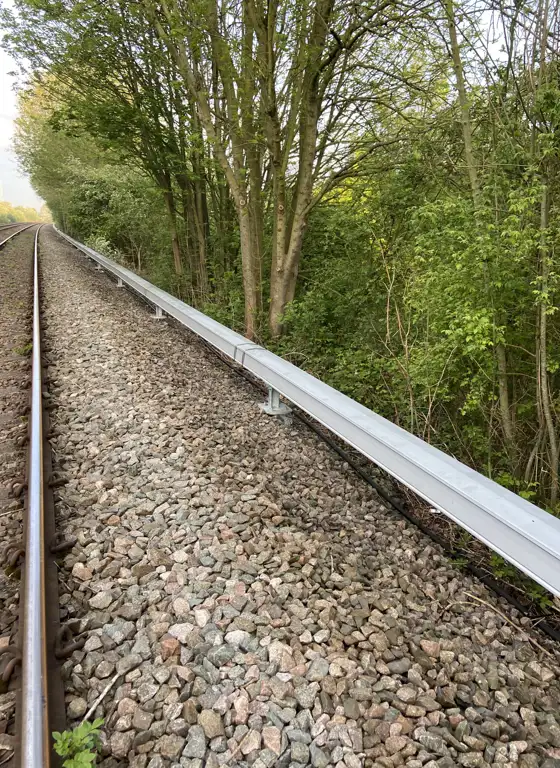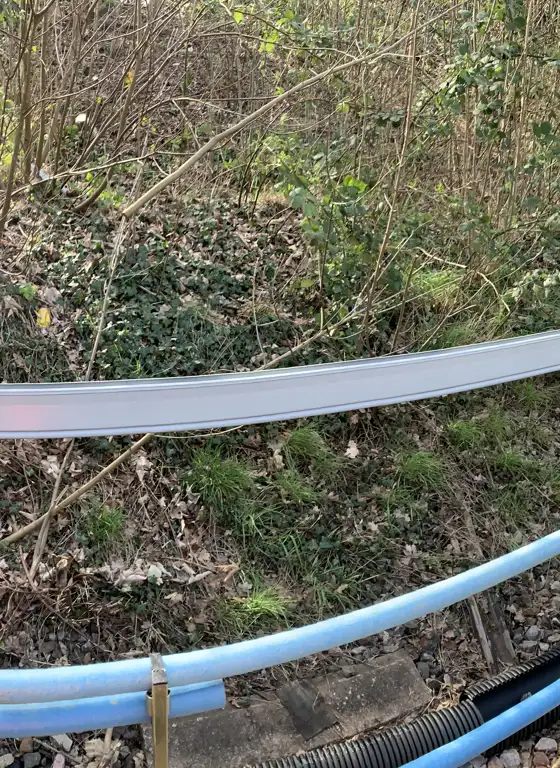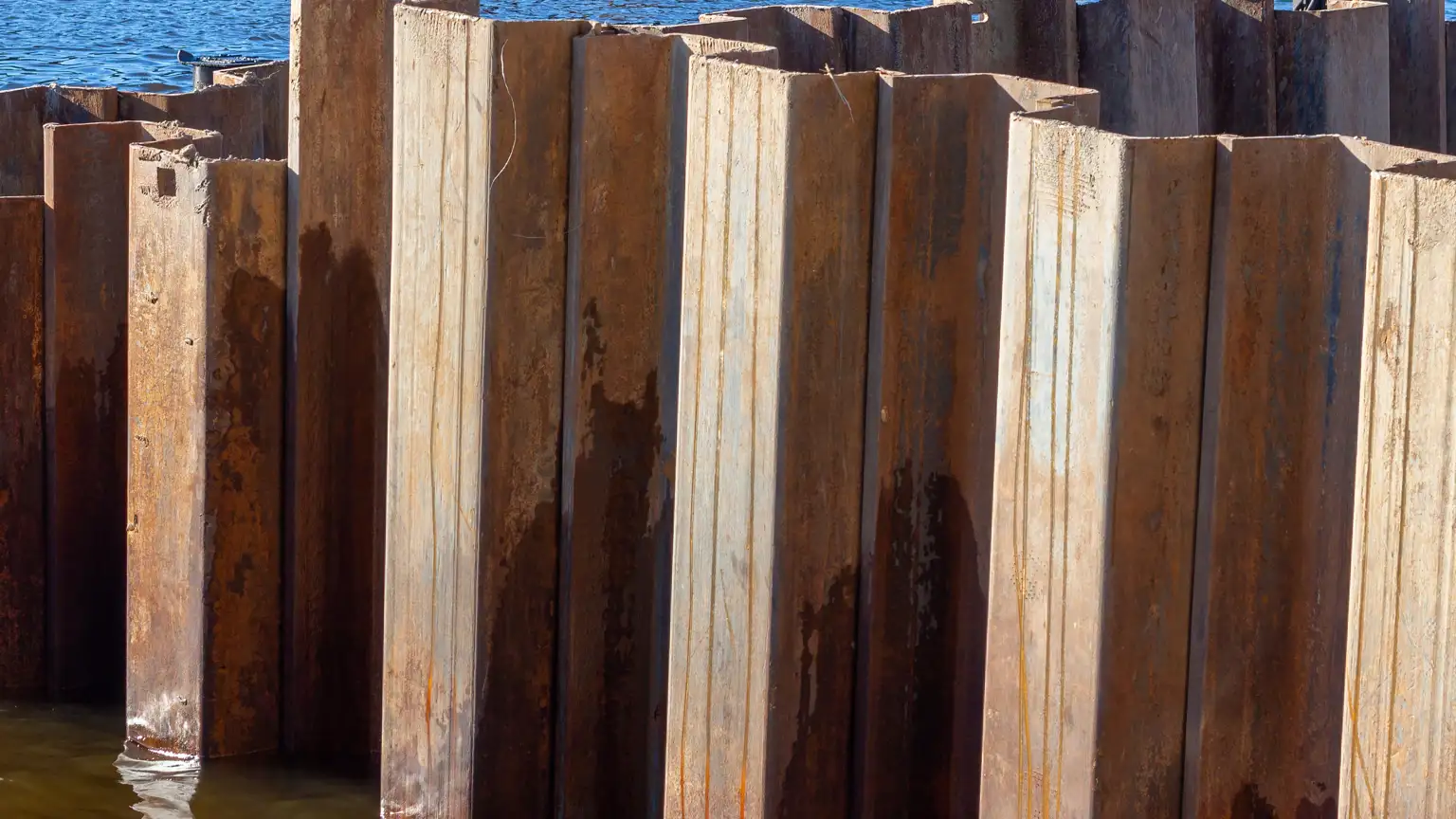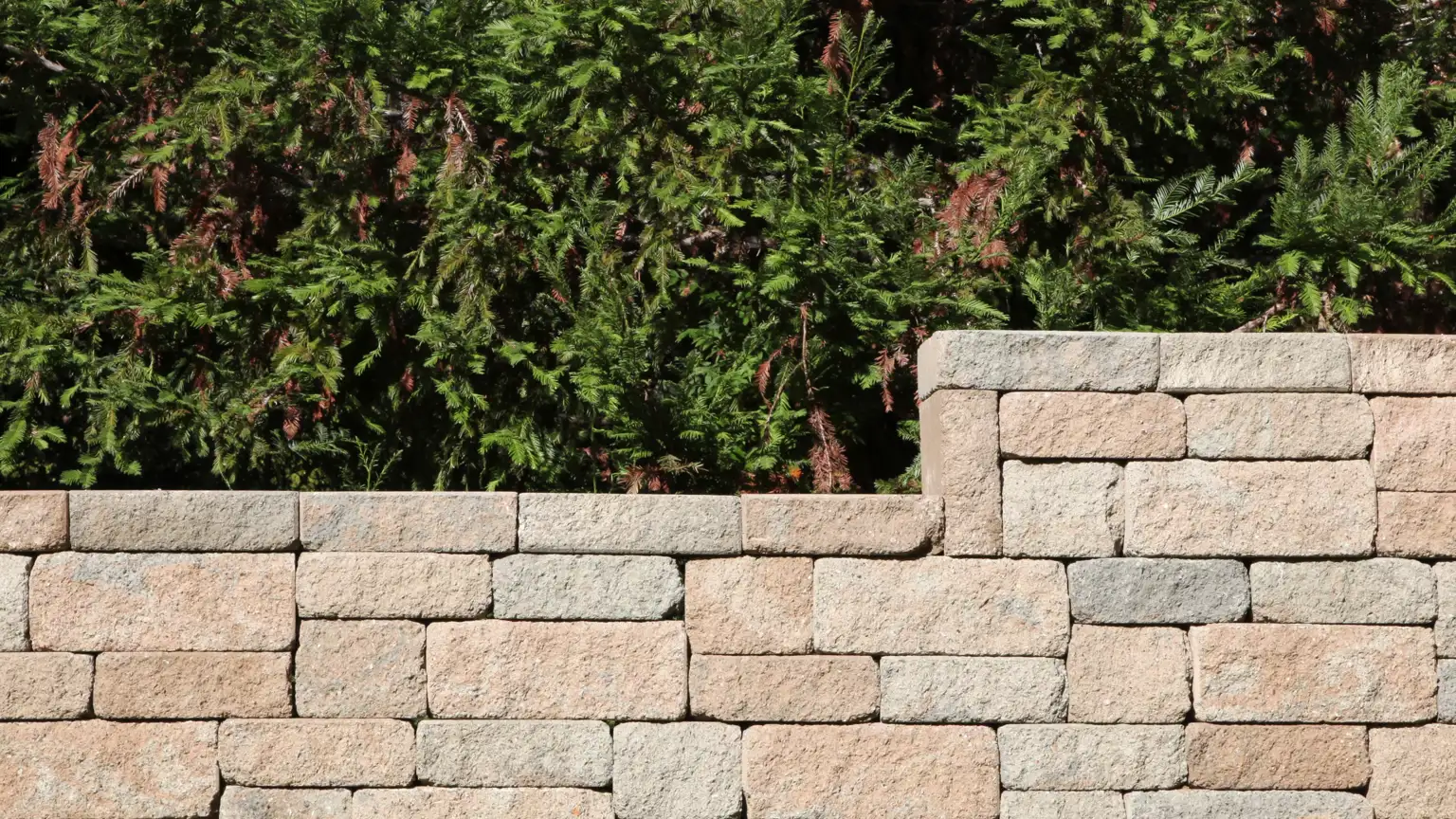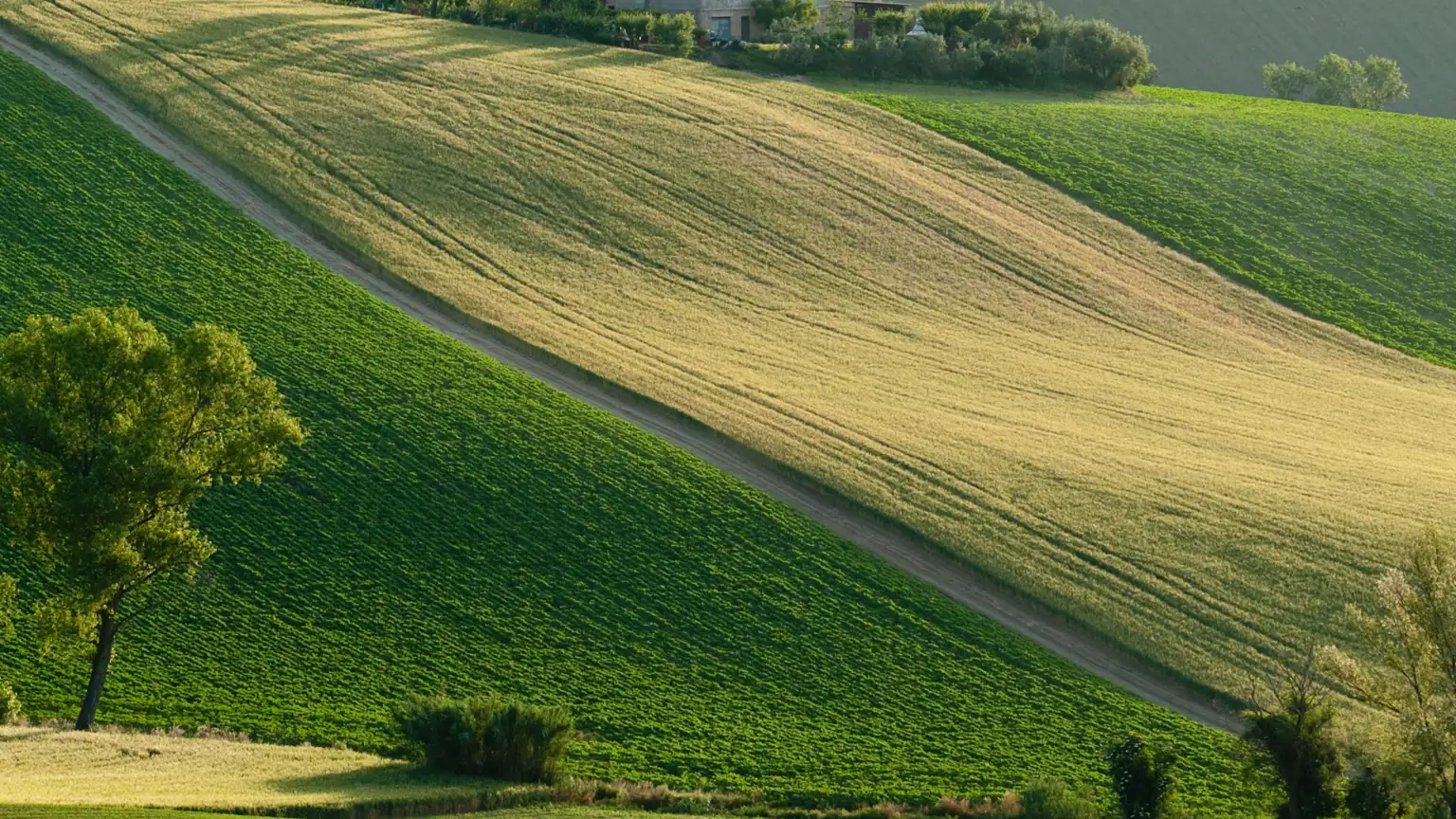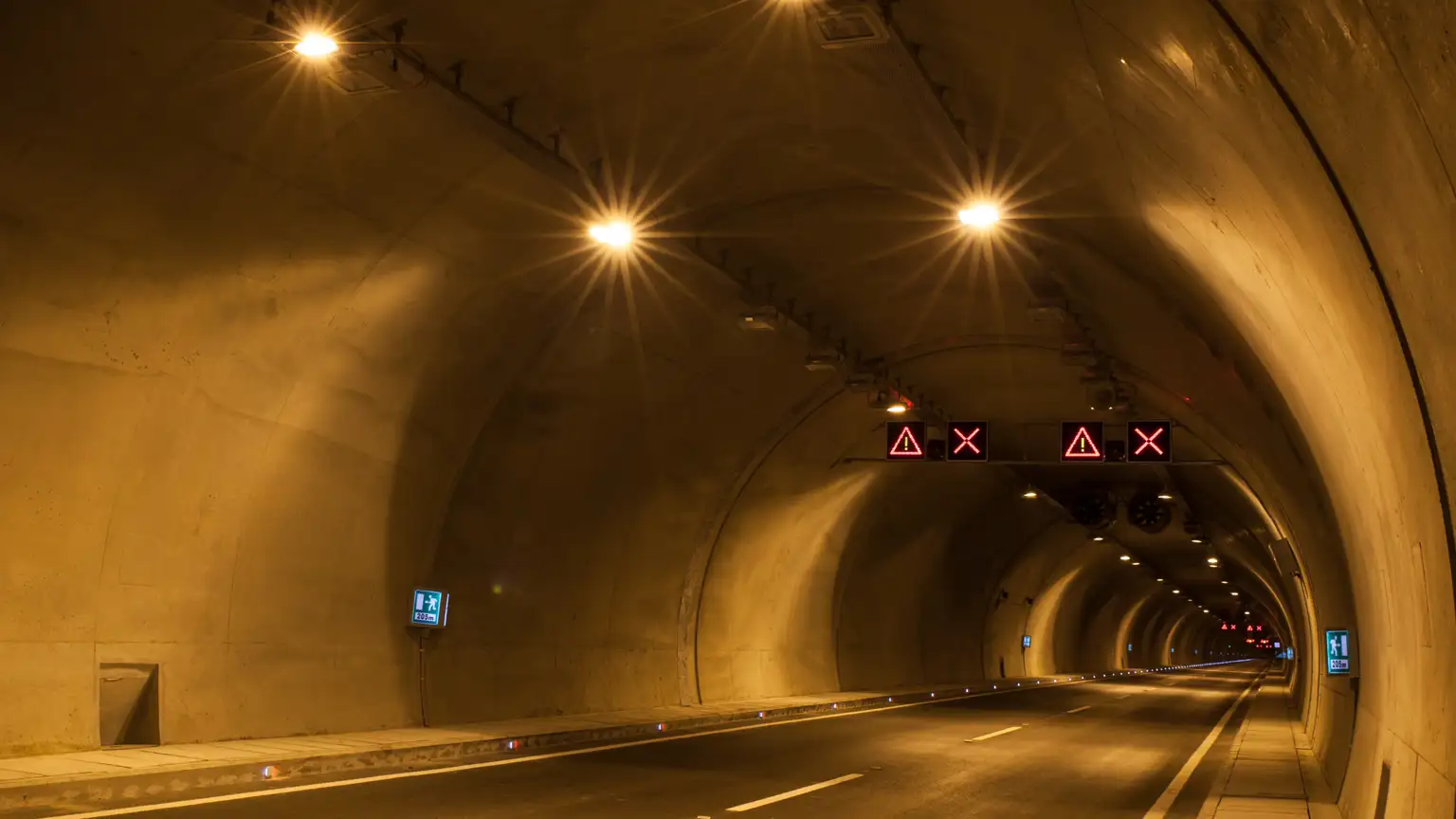Cable Management - Closed
Rapid Route
A Joint System with Scott Parnell
The Rapid Route System is a collaborative solution combining the expertise of Anchor Systems and Scott Parnell, the sole UK distributor of the ARCO troughing and bracketry. This partnership ensures that the highest quality materials and innovative engineering are available for rail infrastructure projects across the UK. The Rapid Route System represents the next evolution in anchor system technology, integrating our innovative Anchor Screw Design with enhanced structural capabilities. Designed for efficiency and resilience, this upgraded version offers a streamlined solution that reduces installation time, lowers costs, and supports heavier loads, positioning it as the future Rapid Route Plus.
Key Benefits:
Increased Load Capacity: Optimised for heavier structural demands.
Cost-Effective Design: Simplified components reduce material and labour costs.
Quick Installation: Requires minimal groundwork, enhancing project timelines.
Versatile Adaptation: Suitable for diverse geotechnical environments.
Sustainable Approach: Minimises environmental impact with reduced soil disturbance.
Challenges with Traditional Concrete Cable Management
Concrete troughing has long been the standard method of cable management across the UK railway network. While it has provided durable protection for essential lineside cabling, traditional concrete systems bring a range of challenges that are increasingly difficult to ignore in modern rail infrastructure projects.
Heavy and Labour-Intensive Installation
Concrete cable troughs are extremely heavy, often requiring specialist lifting equipment and significant manpower to install. This makes projects more labour-intensive, time-consuming, and costly. In many cases, installation must be carried out during track possessions, further increasing disruption and expense.
Limited Flexibility
Once installed, concrete systems offer little flexibility. Making changes — whether for maintenance, upgrades, or rerouting — often means significant excavation or replacement work. This lack of adaptability poses problems for evolving railway networks that demand faster, more agile solutions.
Increased Maintenance Burden
Over time, concrete can crack, shift, or suffer from subsidence, particularly in areas prone to ground movement. Damaged troughs expose cables to environmental factors, vandalism, and theft, requiring frequent inspections and expensive repairs to maintain network integrity.
Environmental and Safety Concerns
The production and installation of concrete troughing come with a high environmental impact due to carbon emissions and the disturbance of natural landscapes. On-site, the sheer weight of concrete components increases the risk of manual handling injuries for railway workers during installation and maintenance.
Which of Our Products Are Used for This Application?
Rapid Route
Rapid Route Plus
Rapid Route
Rapid Route Plus
Typical Uses
The Rapid Route System is predominantly utilised within the rail industry, where the demands for robust infrastructure, rapid installation, and cost efficiency are critical. Its design is tailored to meet the stringent requirements of rail environments, particularly for elevated cable troughing systems, embankment transitions, and secure anchoring solutions.
In rail projects, the Rapid Route excels by offering minimal ground disruption, essential for working within live track areas where traditional concrete-based foundations would be time-consuming and disruptive. Its modular design allows for quick adjustments, accommodating varying terrain and infrastructure layouts without compromising structural integrity.
One standout example is the Transpennine Route Upgrade (TRU) project. Here, the Rapid Route System played a pivotal role in enhancing cable management efficiency across complex rail corridors. The system delivered significant benefits, including:
Faster installation times, reducing project delays and minimising track possession requirements.
Cost savings through reduced material and labour demands, eliminating the need for heavy plant equipment.
Adaptability, enabling seamless integration with existing rail infrastructure, including around challenging embankments and asset transitions.
FAQs
01
Where can Rapid Route be used?
Rapid Route is ideal for railway lineside cabling, including signalling, communications, and power cables. It can also be used in highways, utilities, and industrial settings where fast, reliable cable protection is needed.
02
What are the benefits of using Rapid Route?
Fast installation with minimal manpower
Reduced need for track possessions
Lightweight components improve safety
Durable materials resistant to weather, ground movement, and vandalism
Lower environmental impact compared to concrete
03
Can Rapid Route accommodate future cable upgrades?
Yes. The modular design makes it easy to access existing cables, add new ones, or reconfigure the system as needed — perfect for evolving network demands.
Speak to a Specialist
If you are planning a cable route management project and need a reliable, proven ground anchoring solution, Anchor Systems International can help. Our experienced team will work with you to identify the right products and installation methods to ensure lasting stability and performance.


